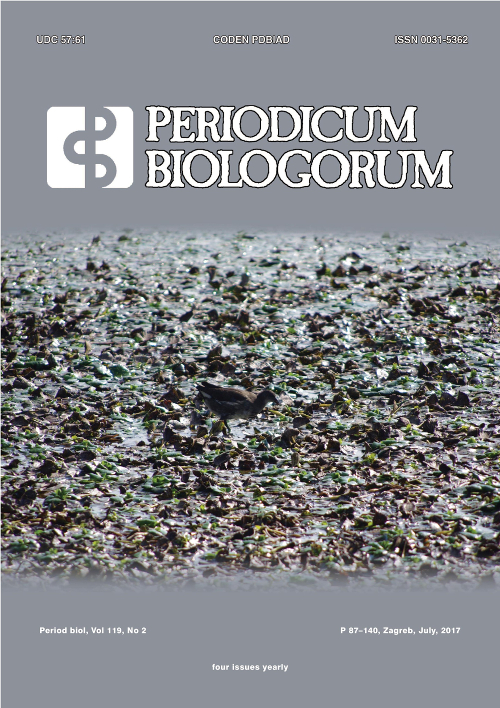Anthropometric measurements of foot length and shape in children 2 to 7 years of age
DOI:
https://doi.org/10.18054/pb.v119i2.4508Abstract
Background and purpose: A child’s foot changes shape and proportions during growth so that it adapts to function. The purpose of this article is to determine foot length in children aged 2-7 years as a fundamental unit for measuring the growth of the foot, with which it will be able to compare other anthropometric measures of the foot. Determination of the shape of the foot and interpretation of the growth curve of the foot in length are important for standardization of the foot.
Materials and methods: The study was conducted on a sample of 2745 children, totalling 5490 feet. Of this, there were 1375 boys and 1370 girls. The population encompassed children aged 2 (1.50-2.49) to 7 (6.50-7.49) years and subjects were divided into 6 age groups. Foot length was measured by measuring tape, while shape was determined clinically.
Results: There is no difference in length and shape between the left and right feet of boys and girls across all age and sex groups, and the most common shape was the Egyptian foot shape. The foot grows most rapidly between the 2nd and 3rd year. From the 3rd to 6th years, the foot grows by approximately 1cm yearly, while in girls between the 6th and 7th year the foot grows 5mm.
Conclusions: Foot length is the basis for size comparison and determination of foot shape type. The results obtained demonstrate that the foot grows in length equally yearly and that there is no difference between the left and right feet.
Downloads
Published
Issue
Section
License
The contents of PERIODICUM BIOLOGORUM may be reproduced without permission provided that credit is given to the journal. It is the author’s responsibility to obtain permission to reproduce illustrations, tables, etc. from other publications.


